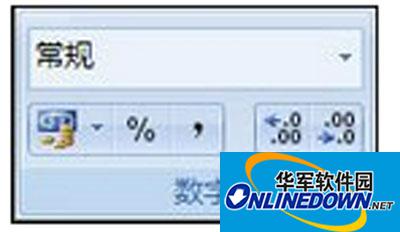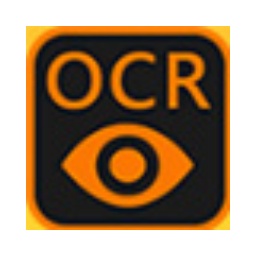 Excel2010
Excel2010
The following list summarizes the number formats available in the Number group on the Home tab. To see all available number formats, click the dialog box launcher next to Number.
General: The default number format that Excel applies when typing numbers. In most cases, numbers in "regular" format appear as they are typed. However, if the cell is not wide enough to display the entire number, the "regular" format rounds the number with a decimal point. The "regular" number format also uses scientific notation (exponential) notation for larger numbers (12 or more digits).
Currency: Used for general currency values and displays the default currency symbol with a number. You can specify the number of decimal places to use, whether to use thousands separators, and how to display negative numbers.
Numeric value: used for the general representation of numbers. You can specify the number of decimal places to use, whether to use thousands separators, and how to display negative numbers.
Only used for monetary values, but it will align the currency symbol and the decimal point of the number in a column.
Time/Date: Displays date and time sequence numbers as time values based on the type and locale (country) you specify. Time formats that begin with an asterisk (*) are affected by changes to the regional date and time settings specified in Control Panel. Formatting without an asterisk is not affected by Control Panel settings.
Fraction: Displays numbers as fractions based on the specified fraction type.
Percentage: Multiply the cell value by 100 and display the result with the percent sign (%). You can specify the number of decimal places to use.
Text: Treats the contents of a cell as text and displays the content accurately as you type, even when typing numbers.
Special: Display numbers as zip codes, phone numbers, or social security numbers.
Scientific notation: Display numbers in exponential notation, replacing part of the number with E+n, where 10 to the n power is multiplied by the number in front of E (representing the exponent). For example, Scientific Notation format with 2 decimal places displays 12345678901 as 1.23E+10, which is 1.23 times 10 raised to the 10th power. You can specify the number of decimal places to use.
Custom: Allows you to modify a copy of an existing number format code. Use this format to create a custom number format and add it to the list of number format codes.




